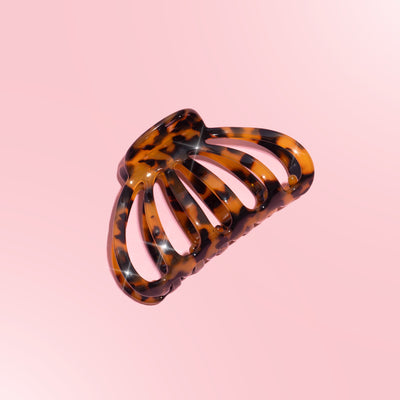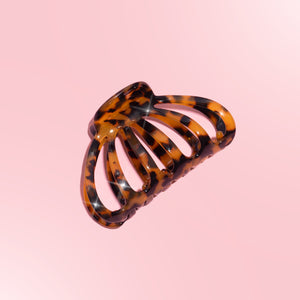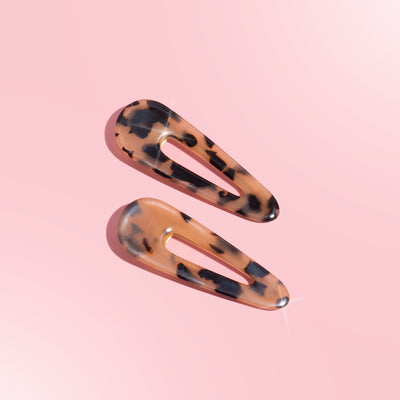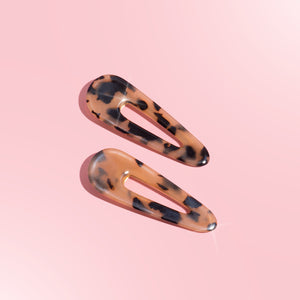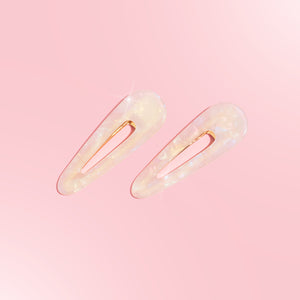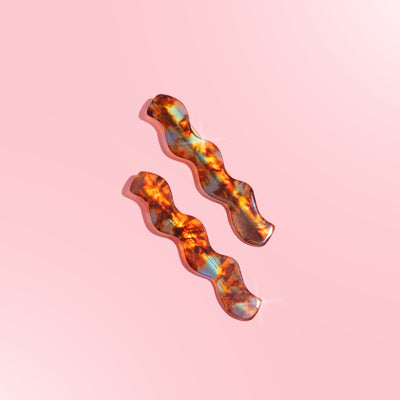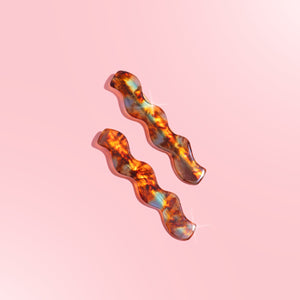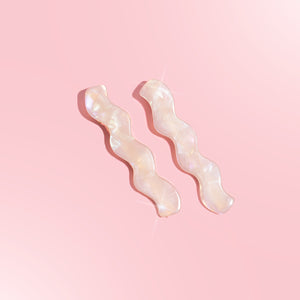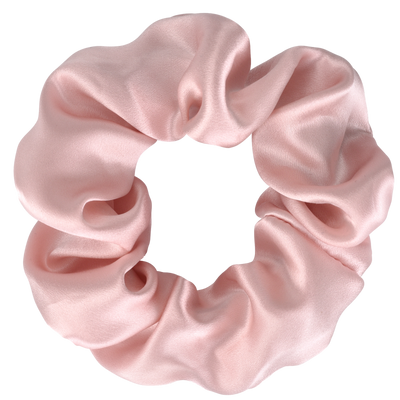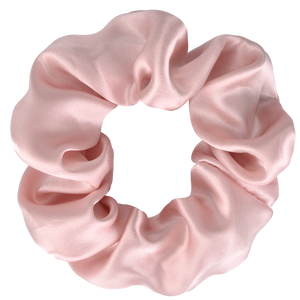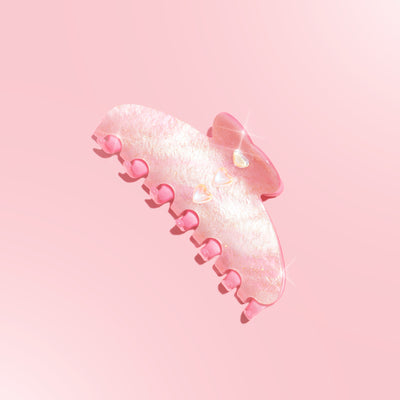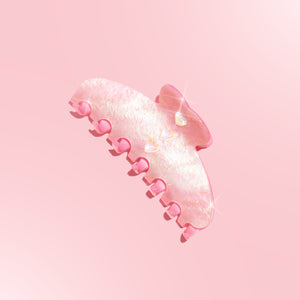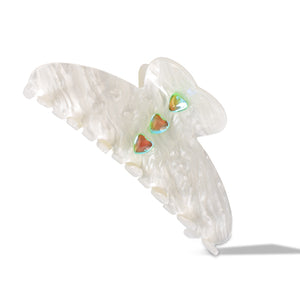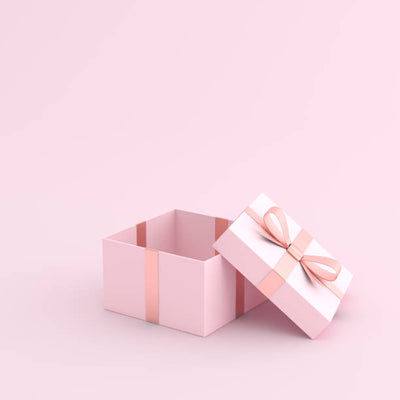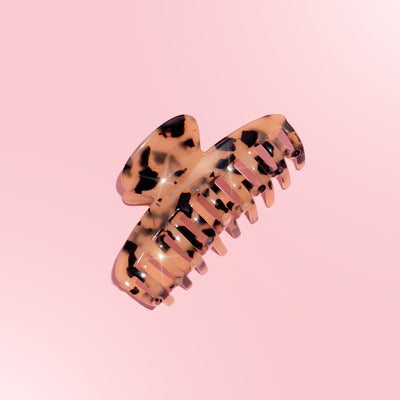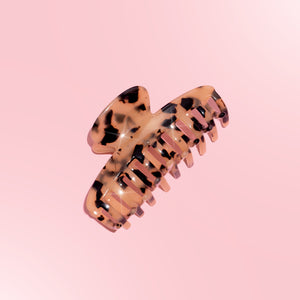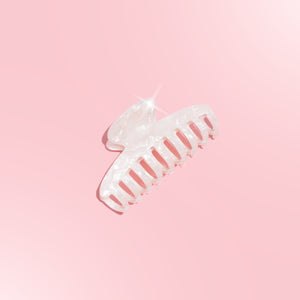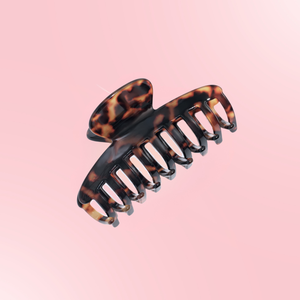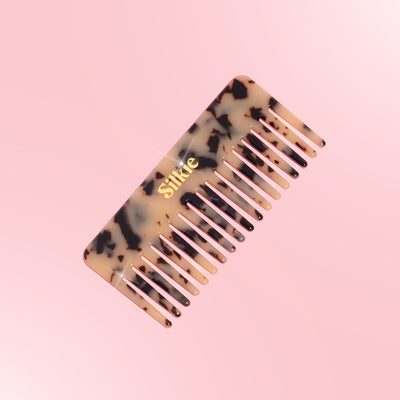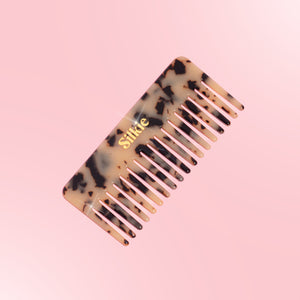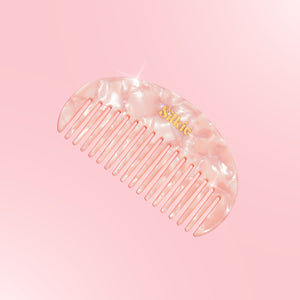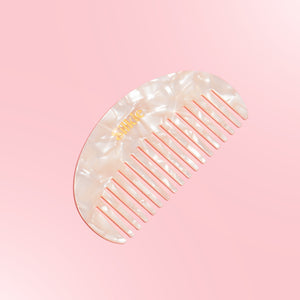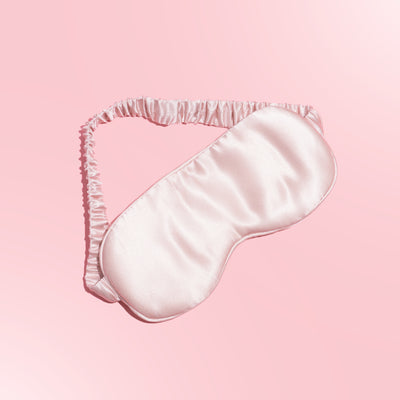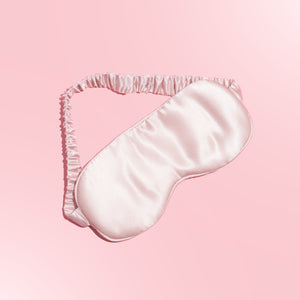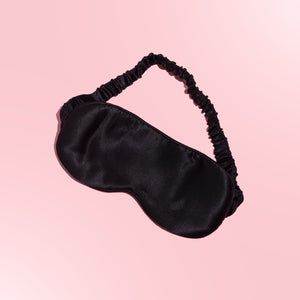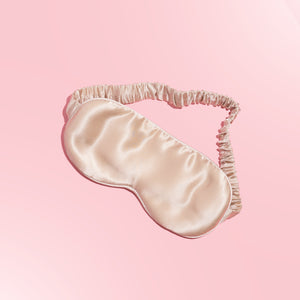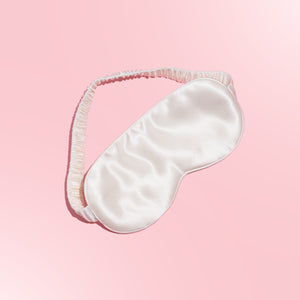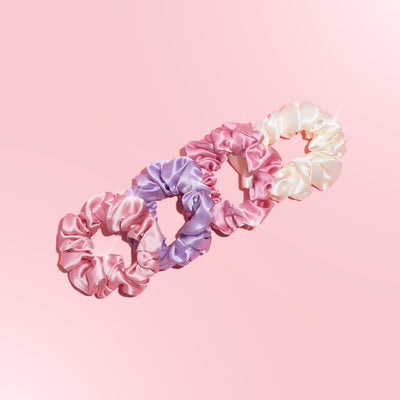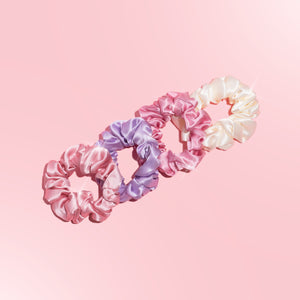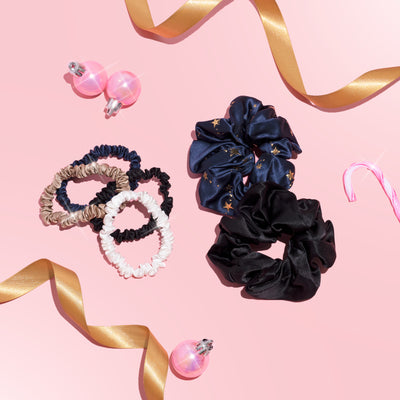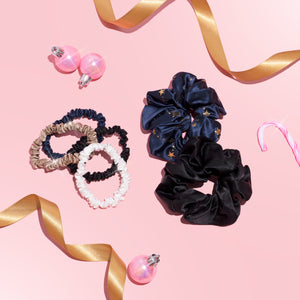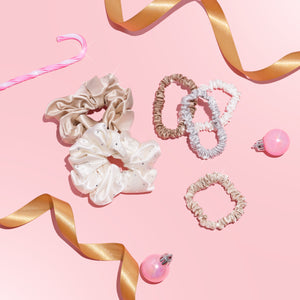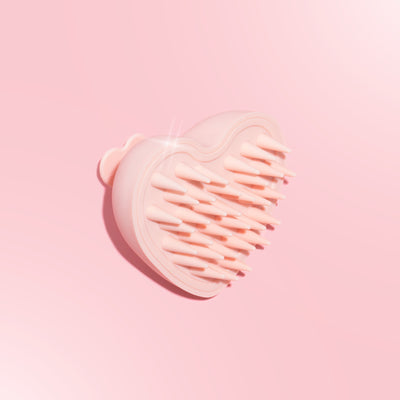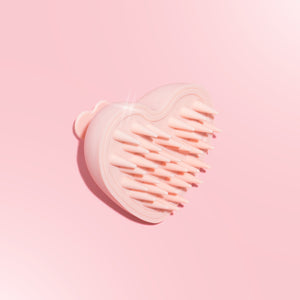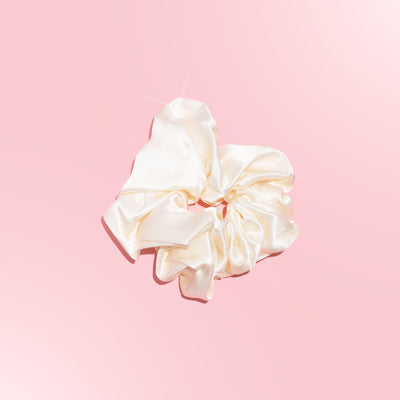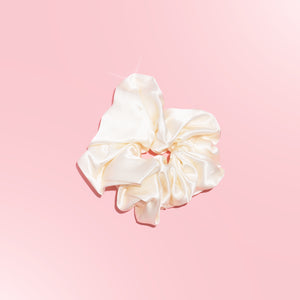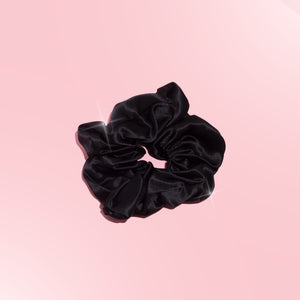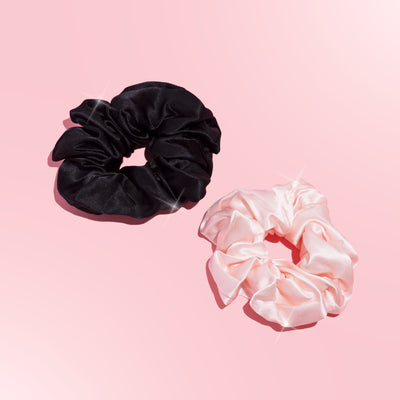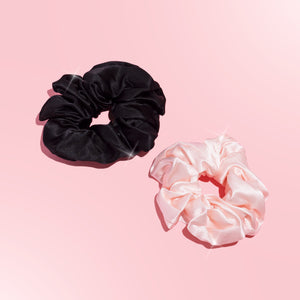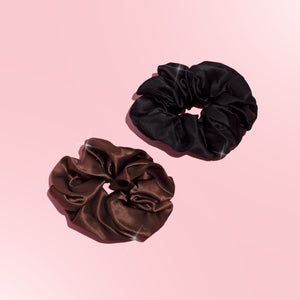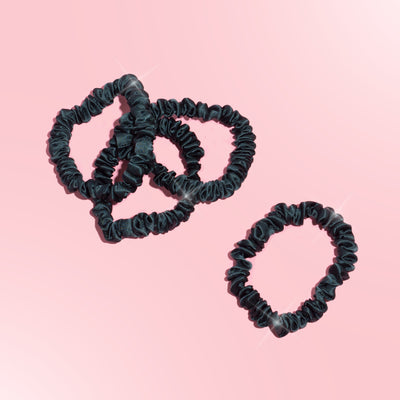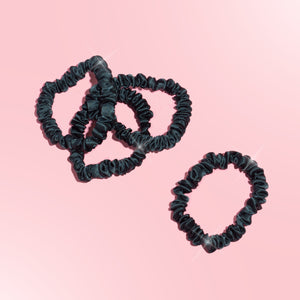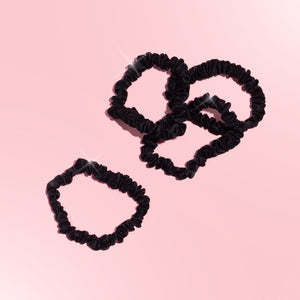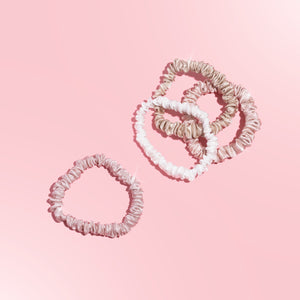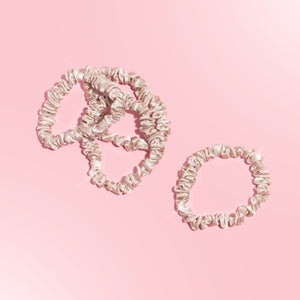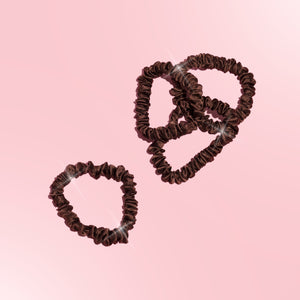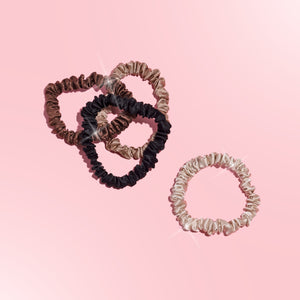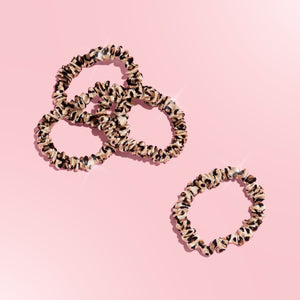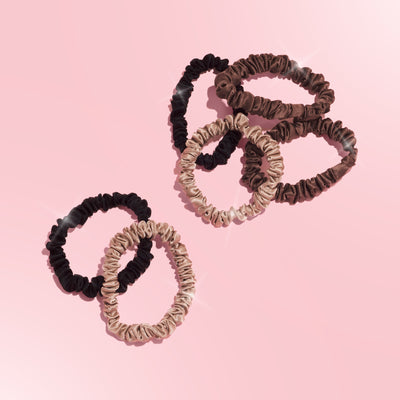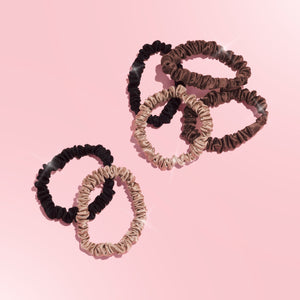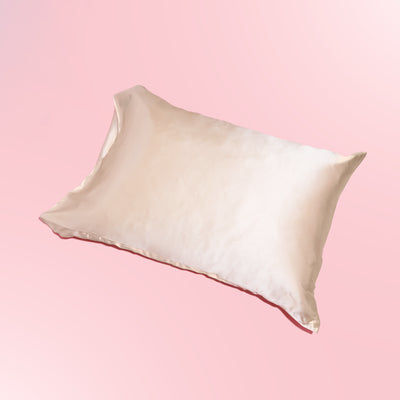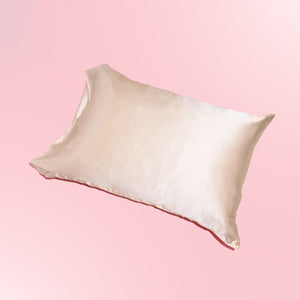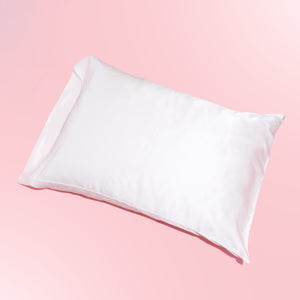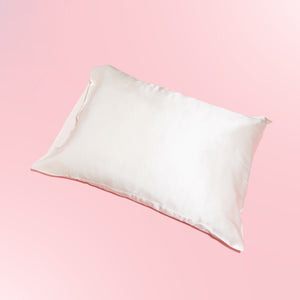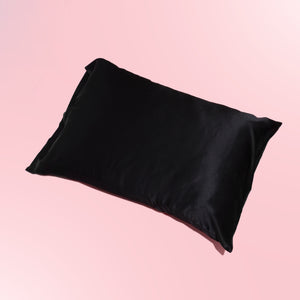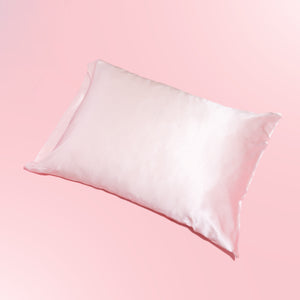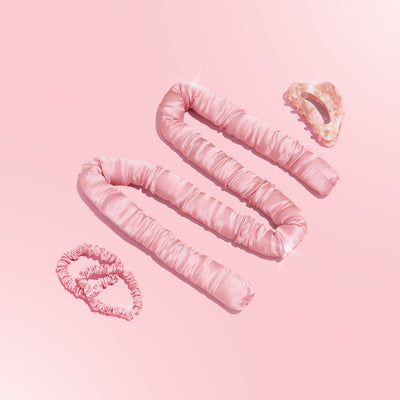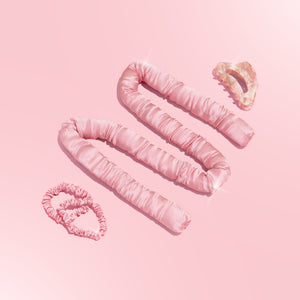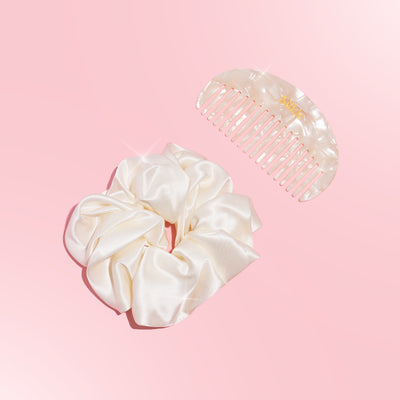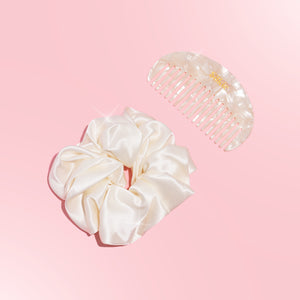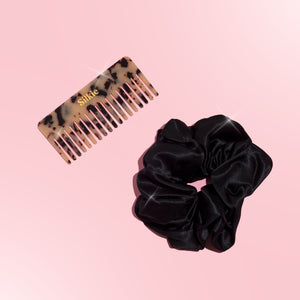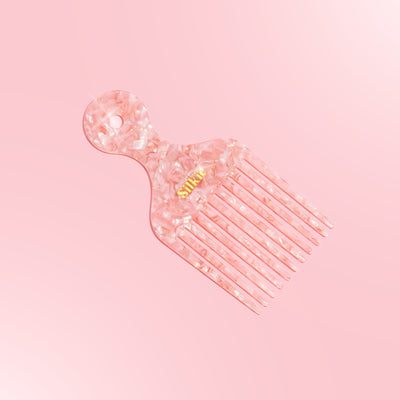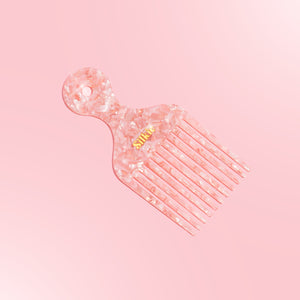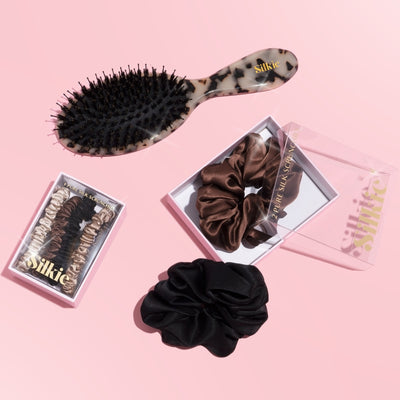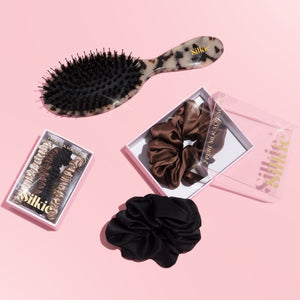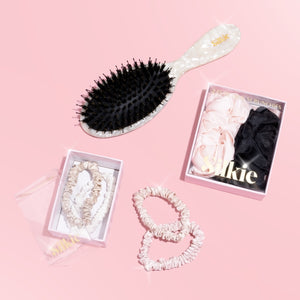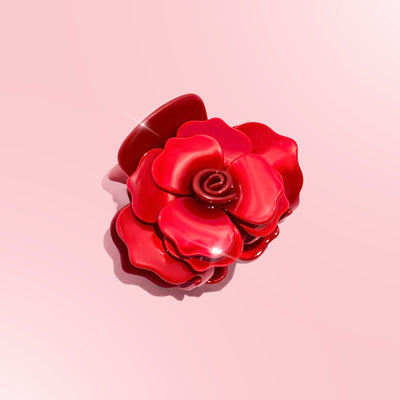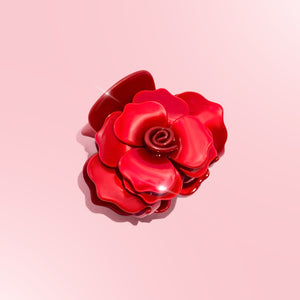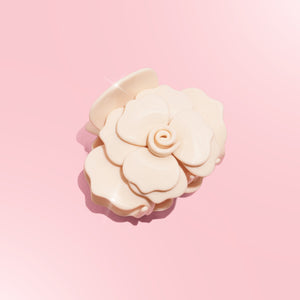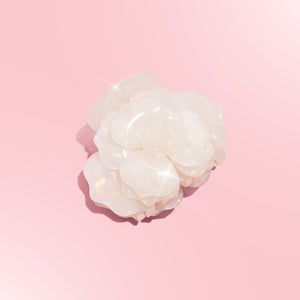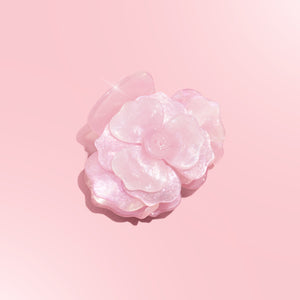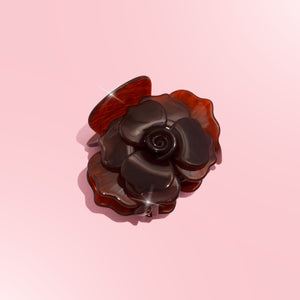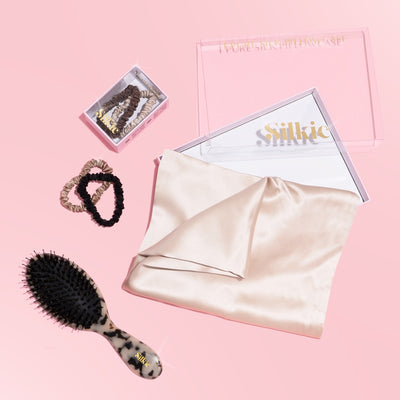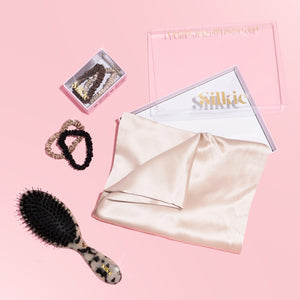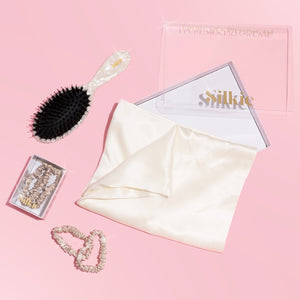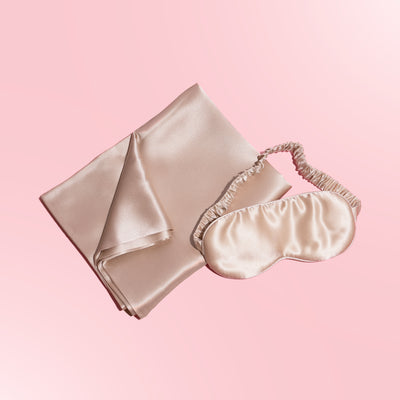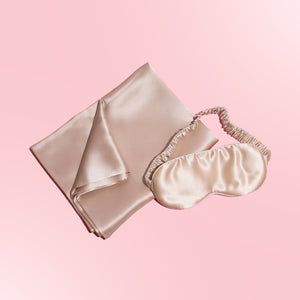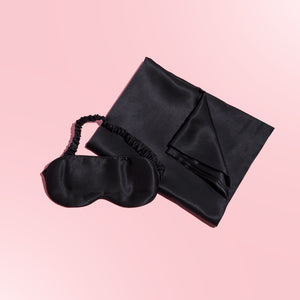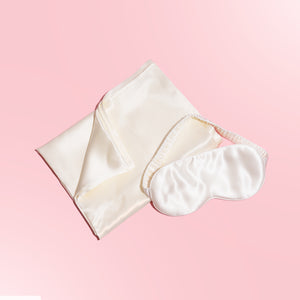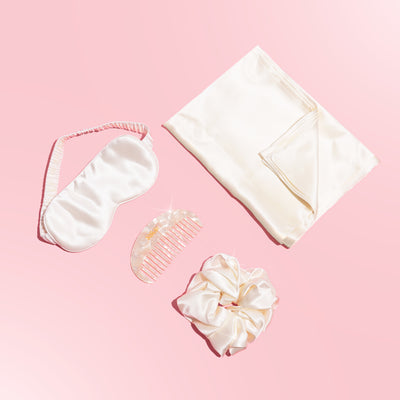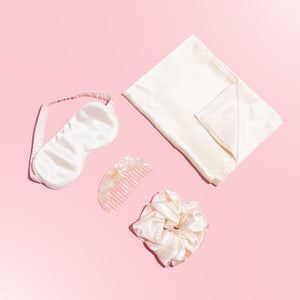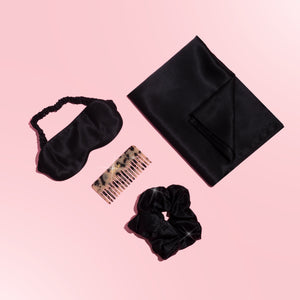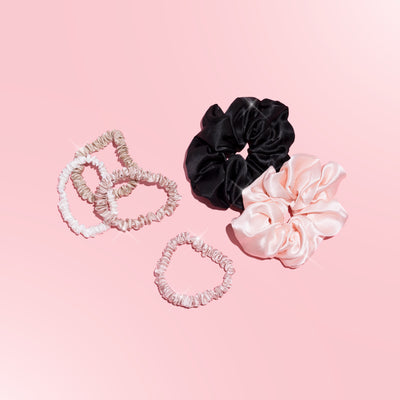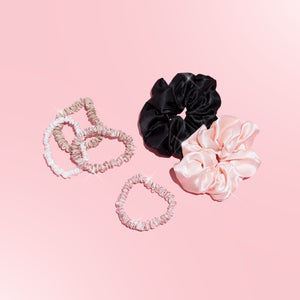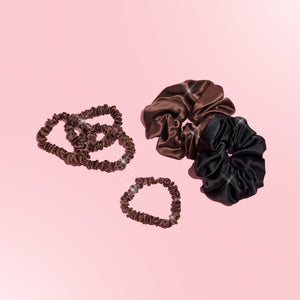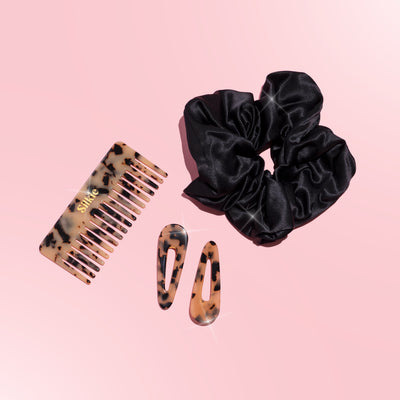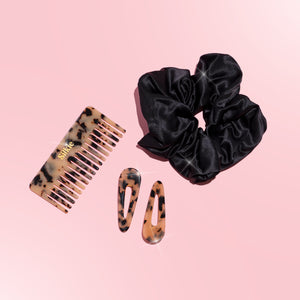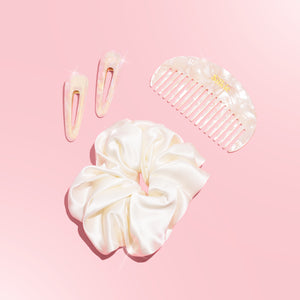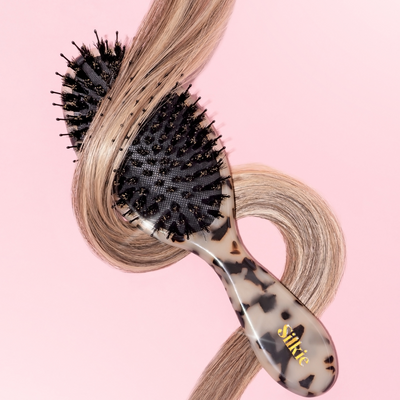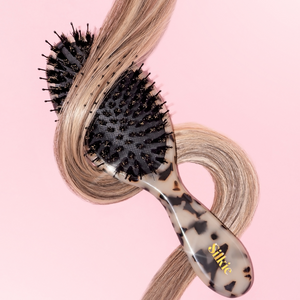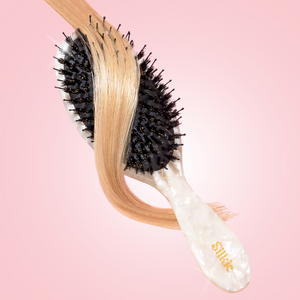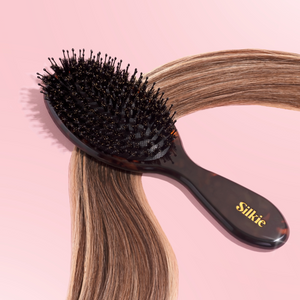How Brush Bristle Spacing Impacts Detangling: What You Need to Know
You know that feeling when you run a brush through your hair and—ouch—it snags halfway through?
It’s not always your hair’s fault.
Sometimes, it’s your brush.
Specifically, the bristle spacing.
Yes, bristle spacing plays a major role in how your brush interacts with your hair—especially when it comes to detangling. And if you’ve been struggling with knots, breakage, or just plain frustration during your hair routine, this is one small detail that can make a big difference.
Let’s talk about how it works—and what to look for.
Why Bristle Spacing Even Matters
Think of bristle spacing like traffic lanes on a highway.
Too close together? Everything gets congested.
Too far apart? Not enough contact to move things smoothly.
Your brush works the same way.
Tightly spaced bristles grip the hair more and create tension—this can be great for smoothing and styling, but when detangling, it can lead to snags, pulling, and breakage.
Wider-spaced bristles, on the other hand, allow for better slip and flexibility, especially when dealing with knots. They help the brush glide through your hair instead of yanking it apart.
The Best Bristle Spacing for Detangling Depends on Your Hair Type
Let’s break it down.
1. Fine or Straight Hair
If your hair is fine, you’re more prone to breakage. Brushes with widely spaced, flexible bristles are ideal. They gently ease through knots without snapping fragile strands.
The Silkie Detangling Brush, for example, is designed with this in mind—helping fine hair stay smooth without damage.
2. Thick or Curly Hair
Curls and coils require even wider spacing to prevent the bristles from catching and breaking hair mid-detangle. You want a brush that allows hair to move through without excessive resistance.
Bonus tip: Always detangle curly hair when it’s damp and conditioned for maximum slip and less friction.
3. Wavy Hair
You’ve got the best of both worlds—so your brush should too. Look for medium to wide bristle spacing with some flexibility. It helps detangle without flattening your natural texture.
Mixed Bristle Brushes: Good or Bad for Detangling?
You might see brushes with a combo of boar bristles and nylon pins. While they’re amazing for shine and scalp stimulation, they’re not always ideal for detangling, especially if the bristles are tightly packed.
Instead, use a detangling-specific brush first (with wider bristle spacing), then follow with your styling brush once your hair is smooth and knot-free.
The Silkie Brush Difference
At Silkie, we don’t just design brushes to look good—they’re made to protect your hair at every step.
Our brushes are thoughtfully created with bristle spacing tailored to reduce breakage, promote healthy detangling, and glide through hair with ease—regardless of texture. No tugging. No snapping. Just smooth, easy detangling that feels like self-care, not a struggle.
Check out our collection at www.shopsilkie.com and find the brush that’s right for your hair type.
Final Thoughts
It’s easy to overlook the tiny details when shopping for hair tools, but bristle spacing is one of those “small things” that makes a huge difference.
The right spacing can:
-
Cut your detangling time in half
-
Minimize breakage
-
Make brushing your hair actually enjoyable
So if your current brush feels more like a battle weapon than a beauty tool—it’s probably time for an upgrade.
Your hair deserves better.
Give it the gentle care it craves with Silkie’s detangling-friendly brushes at www.shopsilkie.com.
